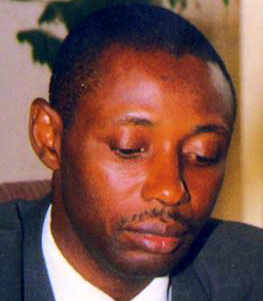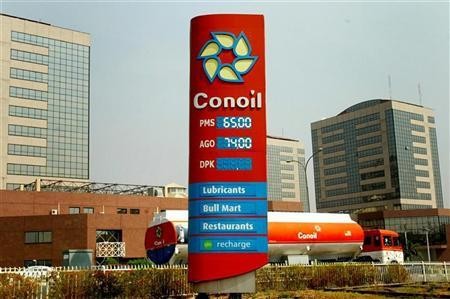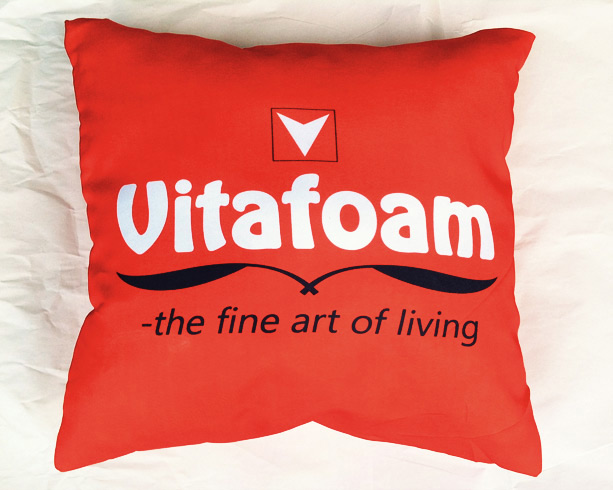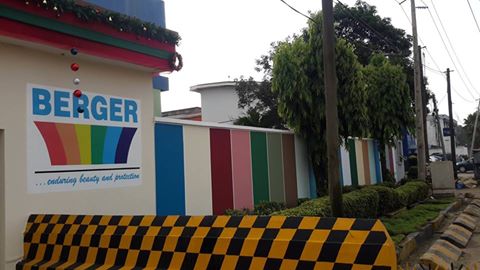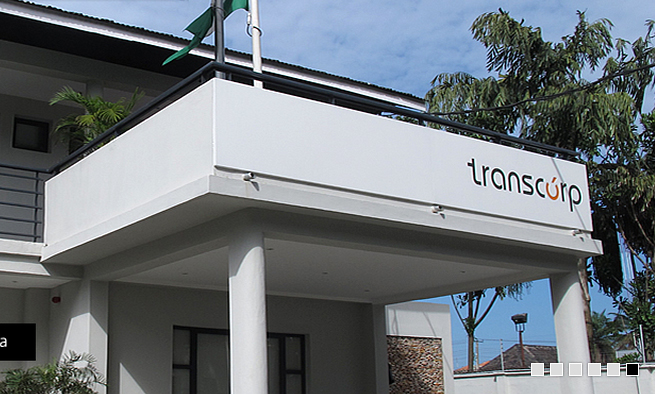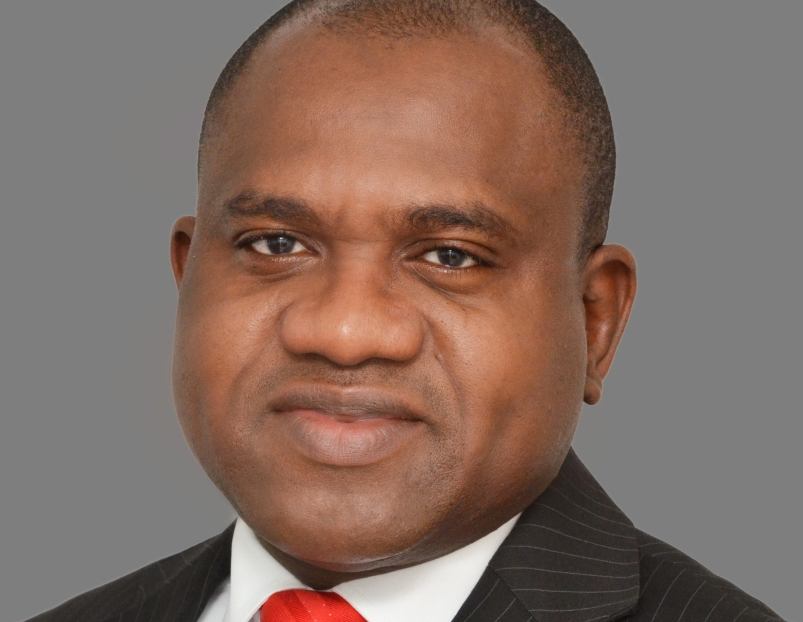Conoil’s revenue and profit records have followed a pattern of rise and fall in the past five years but this year the pattern is likely to change to one of fall and fall. Fiscal 2014 was a down year for the company when sales revenue dropped to the lowest level in four years and profit fell to less than one-third of the preceding year’s figure.
This year, sales revenue is headed for another sharp drop based on the second quarter performance and profit could drop for the second year as well. Turnover may drop to the lowest level in many years and profit may be lower than any time in the past five years. This is clearly a difficult year for petroleum marketers when none of them is likely to improve sales revenue and most of them are likely to close the year with profit drops.
The company closed the second quarter operations with sales revenue of N43.03 billion, which is a drop of 45.2% year-on-year. The full year outlook shows a turnover in the region of N89 billion, which would be a drop of 30.6% from the N128.35 billion sales revenue the company posted at the end of 2014. Its sales revenue had also dropped by 19.5% in 2014 from the peak figure of N159.54 billion in 2013.
The company’s sales revenue figures have shown a pattern of rise and fall over the past five years and the figure for 2014 is only slightly ahead of the figure in 2011. The full year projection for 2015 will be the lowest revenue figure for the company in six years.
Advertisement
After tax profit amounted to N359 million at the end of the second quarter, which is a sharp drop of 64.5% year-on-year. If the second quarter growth rate is maintained to full year, after tax profit may come to N73 million for Conoil at the end of 2015. The company could not maintain the second quarter profit growth rate last year and the prospects for closing the current year with a lower profit figure than projected appears high.
Last year, the company suffered a sharp drop of 73% in after tax profit from the N3.07 billion it posted in 2013 to N834 million. That is one of the lowest profit figures it has reported in the last five years during which its profit has risen two times and fallen two times.
Apart from the drop in sales revenue, two major cost items accounted for the sharp fall in profit in the second quarter. One is administrative cost, which increased by 9% against the sharp drop in sales revenue. It therefore claimed an increased share of sales revenue during the period at 8.5% compared to 4.3% in the same period last year. Administrative expenses also undermined the company’s profit performance last year.
Advertisement
Finance cost is the second major expenditure that is hurting profit performance this year. It more than doubled at 116.4% during the review period and equally claimed an increased proportion of revenue. In 2014, the company also devoted an increased proportion of sales revenue to interest expenses. However the company’s borrowings, which doubled last year, dropped by 22% to N17.67 billion at the end of the second quarter.
Cost of sales dropped slightly ahead of sales revenue at 46%, which improved gross profit margin slightly at 11.1%. Another favourable development was a high growth in other operating income from about N62 million in the same period last year to N2.64 billion at the end of the second quarter. These were however more than countered by the cost increases, thereby slashing the company’s profit margin from 1.3% at the end of the second quarter last year to 0.8% this year – one of the lowest profit margins in the petroleum marketing group. It closed 2014 operations with a net profit margin of 0.6%, down from 1.9% at the end of 2013.
The company earned 52 kobo per share at the end of the second quarter, a drop from N1.46 in the same period last year. Its earnings per share equally dropped from N4.42 in 2013 to N1.20 in the 2014 full year. Its dividend per share is equally down from N4.0 to N1.0 over the same period.
The company’s cash flow position was constrained by a further growth in net cash used in operating activities but a big net cash generation from investing activities and a major drop in net cash used for financing activities has improved the company’s cash flow position significantly.
Advertisement
Add a comment
